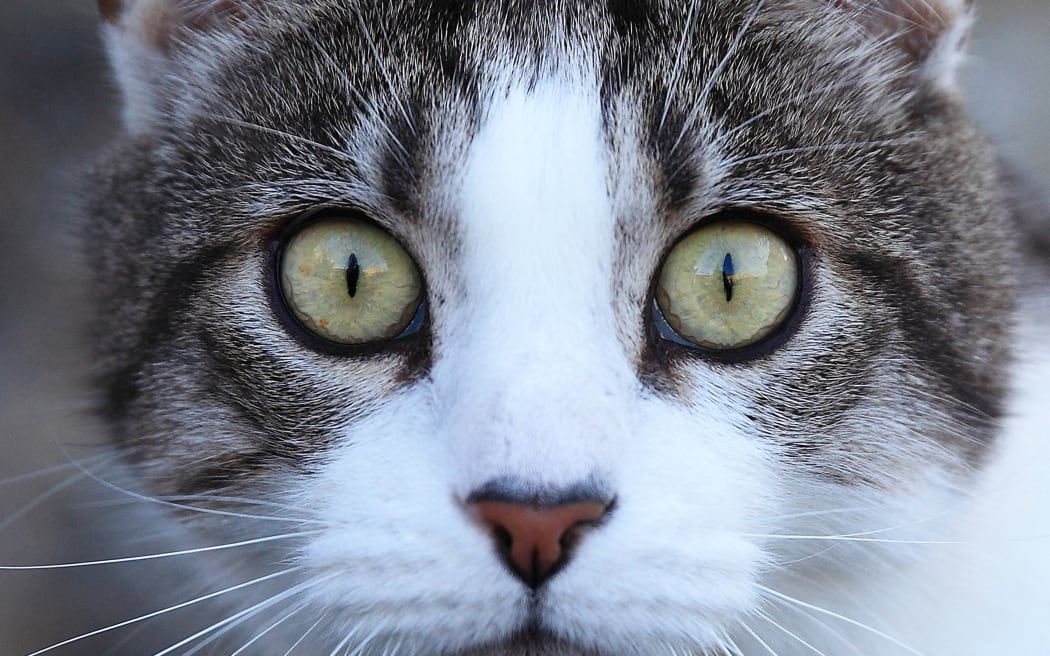
Photo: ERIC GUILLORET
Behavioural changes are often a telltale sign that a pet is experiencing pain, a veterinary specialist says.
Figuring out how to know a pet is pain and how it affects their behaviour are among the topics being explored by Dr Sarah Heath, a keynote speaker at next weekend's Kiwi Vet Behaviour Conference.
Heath is a UK-based veterinary specialist recognised for helping establish Behavioural Medicine as a discipline.
She spoke to Kim Hill on Saturday Morning, explaining how pain can affect pets.
"Behavioural changes are very, very commonly an indicator of physical, ill health which is why veterinary surgeons should be the first port of call if there is any change in behaviour in your pet."
Knowing if a pet is in pain is not always easy, Heath said, as there are two different types - acute and chronic.
"Chronic pain is a disease state which is very notoriously difficult to treat in human animals as well, but in the non-human animals we deal with, it can be very, very difficult to identify chronic pain because the changes that are associated with it can be very subtle.

Dr Sarah Heath Photo: supplied
"Because it's what we call a protective emotion, pain is not just a sensation of what you feel physically, but also an emotional state.
"Protective emotions can lead to a behavioural response called 'inhibition' which is where you kind of shut down from communicating with those around you and just take information from the world but don't give anything out, and cats are particularly prone to an inhibition response to pain, but dogs will also do that as well."
A dog that appears to be calm and still lying on their bed could actually be suffering from chronic pain, Heath said.
Understanding that could mean a pet gets help faster - as it not always clearly shown.
For cats, it may be harder to tell if they are in pain because they are not "obligately social" like people, dogs and humans.
It means although cats can be social creatures, they do not need social contact to survive and showing pain can be seen as a threat, Heath explains.
"That means as a solitary survivor, basically their survival is in their own paw."
Changes in a pet can be subtle, Health said, and could include being less keen to get up in the morning or unwilling to walk on a certain type of flooring.
Some changes are so subtle, even the pet's owner does not notice.
It was "very common" for owners to think their pet was acting aggressive or belligerent - only to find out it was because they were suffering from some sort of pain.
But "aggressive" was not a term Heath used, as it was difficult to define, she said.
"What we need to remember is that confrontational behaviour can occur for many different reasons and it is not a trait of the animal, it's an interplay between the animal and the context it is in.
"When an animal shows confrontational behaviour, there are many, many reasons why that may happen."
Pandemic puppy boom
Health said the Covid-19 pandemic has resulted in a worldwide "puppy boom".
"We have, sadly, an emotionally damaged generation - both in human animals but also in non-human animals as well because of the pandemic and the impact of it."
Heath said it was an "incredibly complex" phenomenon to research and it would be a long time before there was an explanation for it.
The Kiwi Vet Conference runs from 4 - 7 August.

